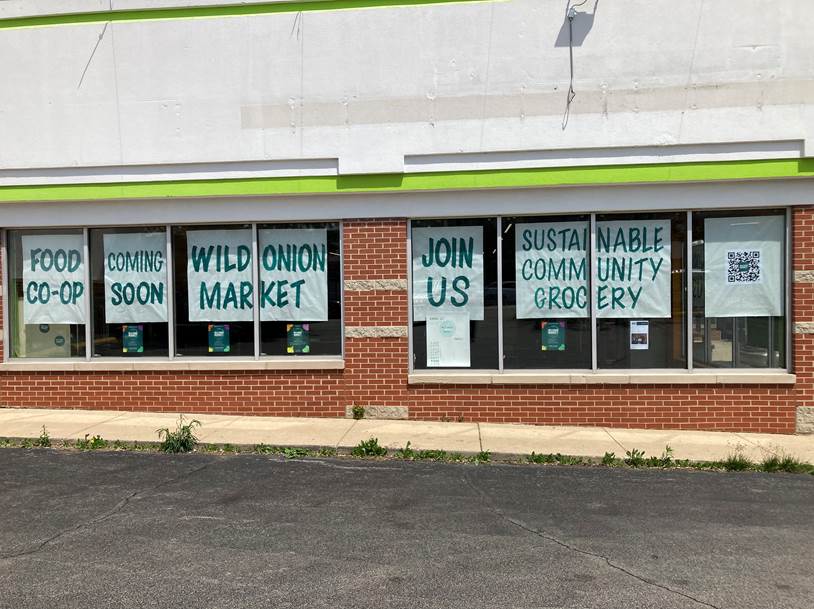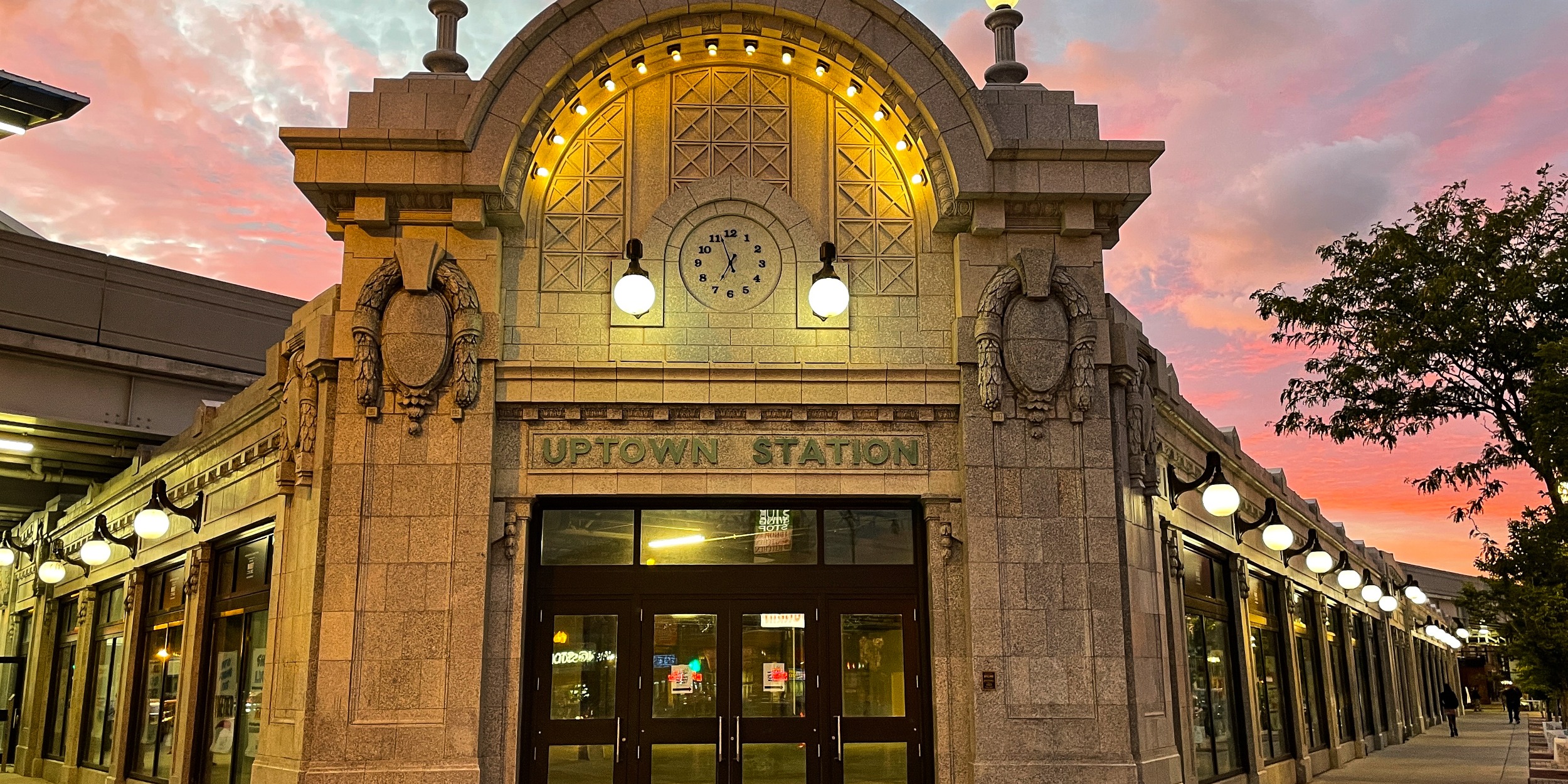Back in 2018, Curious City listener Katie Hansen asked, "Why doesn't Chicago have more co-op style grocery stores?" Especially since smaller cities like Madison and Minneapolis have lively co-op scenes. When Monica Eng set out to find the answer, she found that Chicago had only one such option – in the Logan Square neighborhood, with one additional co-op in Oak Park.
Food co-ops provide an alternative to chain grocery store shopping by inviting buyers to become co-owners who take part in the store’s decision making. They typically support local farms, offer fresh produce and pay staff competitive wages, among other shared values.
In her reporting, Eng discovered a new wave of food co-ops on the horizon in the area in various stages of planning, fundraising and attracting member-owners. They spanned from Rogers Park on the northside to the Austin neighborhood on the westside – and into the suburbs – and were just starting to sprout. They were part of the national third wave of co-ops that has been slowly spreading for a couple decades. But then the pandemic hit. Whatever happened to that burgeoning movement?
Well, Curious City has an update to Hansen’s question…
The Wild Onion Market
In the Chicago area, the pandemic had a mixed effect on food co-ops. Take, for example, the Wild Onion Market in Rogers Park, which was deep into planning when the pandemic hit. They could no longer hold in-person meetings or fundraising events. But it wasn’t all bad news.
“Interestingly, during the pandemic – with a lot of the supply chain issues, grocery store shelves were empty – we saw a huge surge in ownership. It was just the excitement for the co-op, you know, hockey stick growth, as they say,” said Board President Jillian Jason.
Currently, the Wild Onion Market has over 1,400 members – just 400 shy of their goal. They are in the process of rehabbing a shuttered grocery store, and are slated to open this coming spring, at 7007 N. Clark St.
The Chicago Market
A few miles south of the Wild Onion, another co-op is about to open in the abandoned Uptown Station, which used to be the Wilson Red Line stop. The nearly 100-year-old building is a historic piece of architecture in the neighborhood. The Chicago Market purchased it in the hopes of renovating and preserving it.
“So we've got an old building that was in disrepair and disuse. We're rehabilitating and saving that important piece of architecture for the community,” said general manager Dan Arnett.
The Chicago Market was initially expected to open in 2020. But due to a number of setbacks, the co-op owners chose to redesign their concept to include a cafe, wellness space and kitchen for cooking classes. The heightened ambition, along with inflation, increased the overall costs from $7 million to $11.5 million, according to Arnett.
The project will go forward because Arnett’s team was able to secure $5 million in Tax Increment Financing, or TIF money, from Chicago's Department of Development and Planning. The Chicago Market hopes to open in late 2023.
The Austin Community Food Co-Op
But what about co-ops in areas where financing is hard to find, and the need for food access and healthy options is even greater?
The Austin Community Food Co-Op was in early development when the pandemic hit. Because they didn’t have a location, they also faced a lack of communal gathering space and fundraising opportunities.
The young Austin co-op took a step back. They maintained a presence through social media and virtual outreach, and now they're looking ahead. They’re actively recruiting members and hiring staff.
In total, there are six co-ops in development in Chicago and the surrounding area. But it’s important to keep in mind that only 50-75% of co-ops actually make it to open, according to the Food Co-Op Initiative.
But when they do, co-op organizers say the competition and innovations they bring are key. They increase options for customers and soften the blow of consolidation, like the recent merger of the country’s two largest grocery chains.
When co-ops are added into the mix, Arnett says, customers have more choices, better quality and maybe even lower prices. Which, at long last in Chicago, seems like a real possibility.
Monica Eng is an Axios Chicago reporter. JP Swenson is Curious City’s Luminary Fellow.




